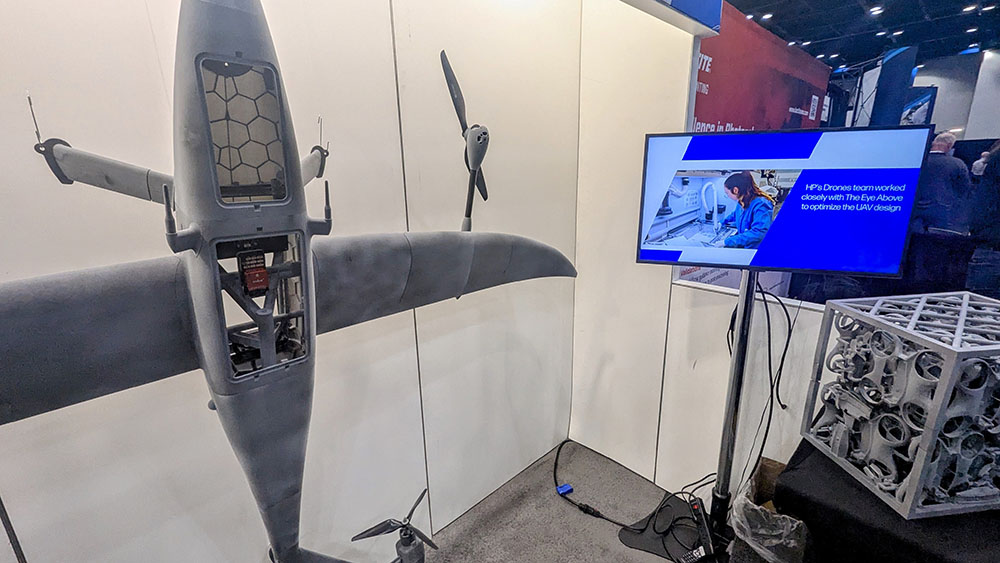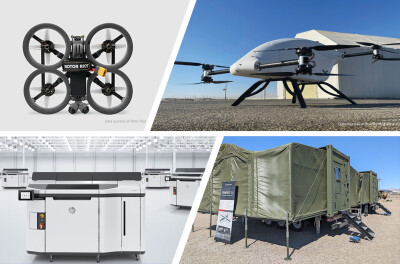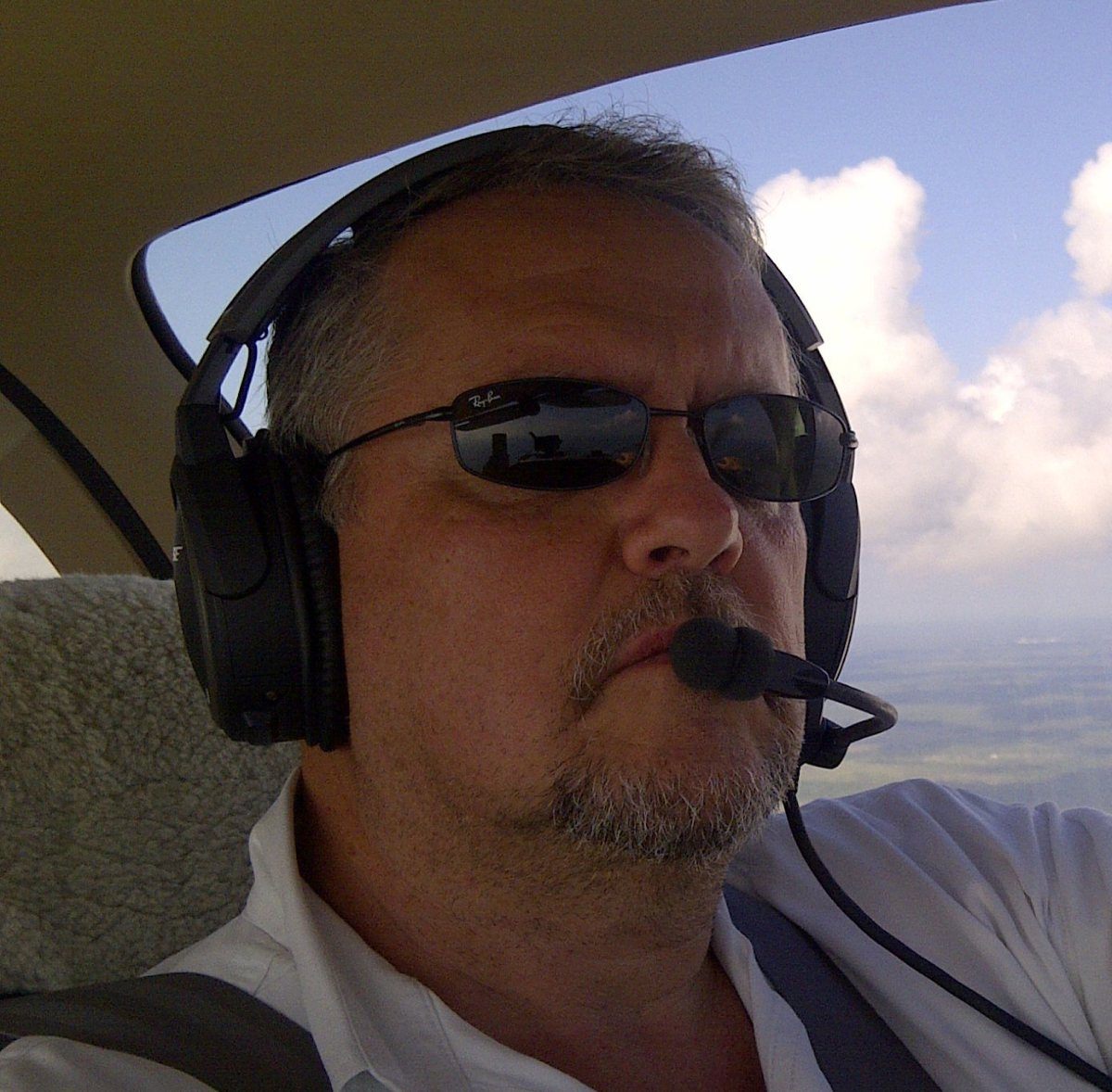While some of the technology on display at the HP Additive Manufacturing Solutions booth at XPONENTIAL might look familiar, there was so much more to everything they had to showcase. The fully 3D-printed airframe they had on display is a testament to the value their additive manufacturing isn’t just supporting, but is instead wholly creating.
HP is focused on empowering drone manufacturers with high-quality polymer 3D printing, enabling them to quickly and reliably produce both prototypes and final parts. This technology allows drone makers of all sizes to achieve optimized performance, durability, and scalability throughout every stage of development.
It's the reason that HP's advanced manufacturing solutions have become an answer to supply chain issues for drone manufacturers. Their offerings, used in drones that are doing everything from performing inspections to putting on light shows, represent an alternative to production woes that could become even more pronounced as global trade challenges continue. Their solutions can be deployed almost instantly thanks to capabilities that other manufacturers can’t match, even under optimal production circumstances.
"We can give you both lightness and durability," said Brian Ingold, Head of GTM Solutions at HP AM. "You won't find the same combination with any other technology."
This sentiment was echoed by Robert Miller, Founder and CEO of The Eye Above, who also participated in XPONENTIAL. His team leveraged HP's additive manufacturing to develop the Bushranger, a purpose-built anti-poaching aircraft. Designed to be more than just a drone, the Bushranger acts as "the team's eye in the sky," representing a significant advancement in wildlife protection.
While drones have long been recognized for their potential in conservation efforts across Southern Africa, the region's harsh landscapes, relentless winds, and sprawling bushveld often posed insurmountable challenges for existing drone technology. This led Miller and his team to develop their own drone, but finding the right materials proved difficult.
"We went through every single solution," Miller told Commercial UAV News. "They said it couldn’t be done, but HP got it right for us. No one else can produce parts like this."
The Bushranger needed to be modular, tough, and easy to repair. With a skin only 0.8mm thick, it's expected to have a 3 to 4-year lifespan and a flight time of 2.5 to 3 hours, with the potential to extend to 3.5 to 4 hours with new batteries. Achieving these specifications required extensive trials and effort that allowed them to provide fast, aerial surveillance to combat poaching across the region.
The Bushranger is poised to make a significant difference for conservation, but its impact isn't limited to one industry. Miller noted a conversation at XPONENTIAL with wildfire agencies who believed the Bushranger's design could have been specifically tailored for their needs.
As operators and manufacturers continue to grapple with persistent supply chain challenges, solutions like those offered by HP Additive Manufacturing represent a powerful new approach to an old problem that is newly top of mind for both users and drone manufacturers.
















Comments